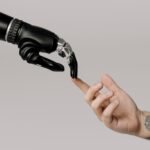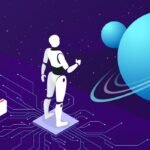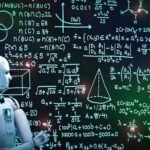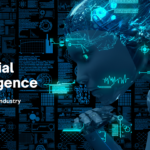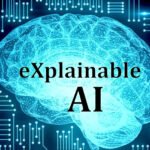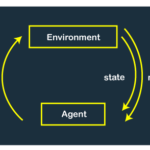Natural Language Processing Unleashing the Power of Text
Natural Language Processing (NLP) is a branch of artificial intelligence that focuses on the interaction between computers and human language. By enabling machines to understand, interpret, and generate human language, NLP has revolutionized the way we process and analyze text data. In this blog, we will explore the power of NLP and its applications in various domains.
Text Preprocessing and Tokenization
NLP begins with text preprocessing, where raw text data is transformed into a structured format suitable for analysis. This process involves removing noise, normalizing text, and tokenization, which breaks down text into individual words or tokens. Tokenization forms the foundation for various NLP techniques and tasks.
Part-of-Speech Tagging and Named Entity Recognition
Part-of-speech tagging involves assigning grammatical tags to each word in a sentence, such as noun, verb, adjective, etc. This helps in understanding the syntactic structure of a sentence. Named Entity Recognition (NER) identifies and categorizes named entities, such as people, organizations, locations, dates, etc., in text. Both tasks are crucial for information extraction and semantic analysis.
Sentiment Analysis and Opinion Mining
Sentiment analysis focuses on determining the sentiment or emotion expressed in a piece of text. It can be used to gauge public opinion, customer feedback, or social media sentiment. By analyzing sentiment, organizations can make data-driven decisions, understand customer satisfaction levels, and identify emerging trends or issues.
Text Classification and Document Categorization
Text classification involves assigning predefined categories or labels to documents based on their content. It is used in various applications such as spam detection, sentiment classification, topic categorization, and intent recognition. Machine learning algorithms, particularly deep learning models, have significantly improved the accuracy of text classification tasks.
Language Generation and Machine Translation
NLP enables machines to generate human-like text. Language generation techniques such as text summarization, chatbots, and dialogue systems are used in customer service, virtual assistants, and content creation. Machine translation, another powerful application of NLP, aims to automatically translate text from one language to another, bridging language barriers and facilitating cross-cultural communication.
Question Answering and Information Retrieval
NLP powers question answering systems that can understand user queries and provide relevant answers. These systems can extract information from a large corpus of text, such as documents, articles, or databases, and retrieve the most suitable responses. Question answering has applications in search engines, virtual assistants, and customer support systems.
Topic Modeling and Text Clustering
Topic modeling techniques enable the discovery of latent themes or topics within a collection of documents. By automatically clustering similar documents based on their content, NLP facilitates document organization, information retrieval, and knowledge discovery. Topic modeling has applications in content recommendation, trend analysis, and data exploration.
Sentiment Analysis and Social Media Monitoring
NLP plays a vital role in analyzing social media data to understand public sentiment, monitor brand reputation, and identify emerging trends or issues. By analyzing social media posts, comments, and reviews, NLP algorithms can extract valuable insights, sentiment trends, and customer feedback, enabling organizations to make informed decisions and engage with their audience effectively.
















